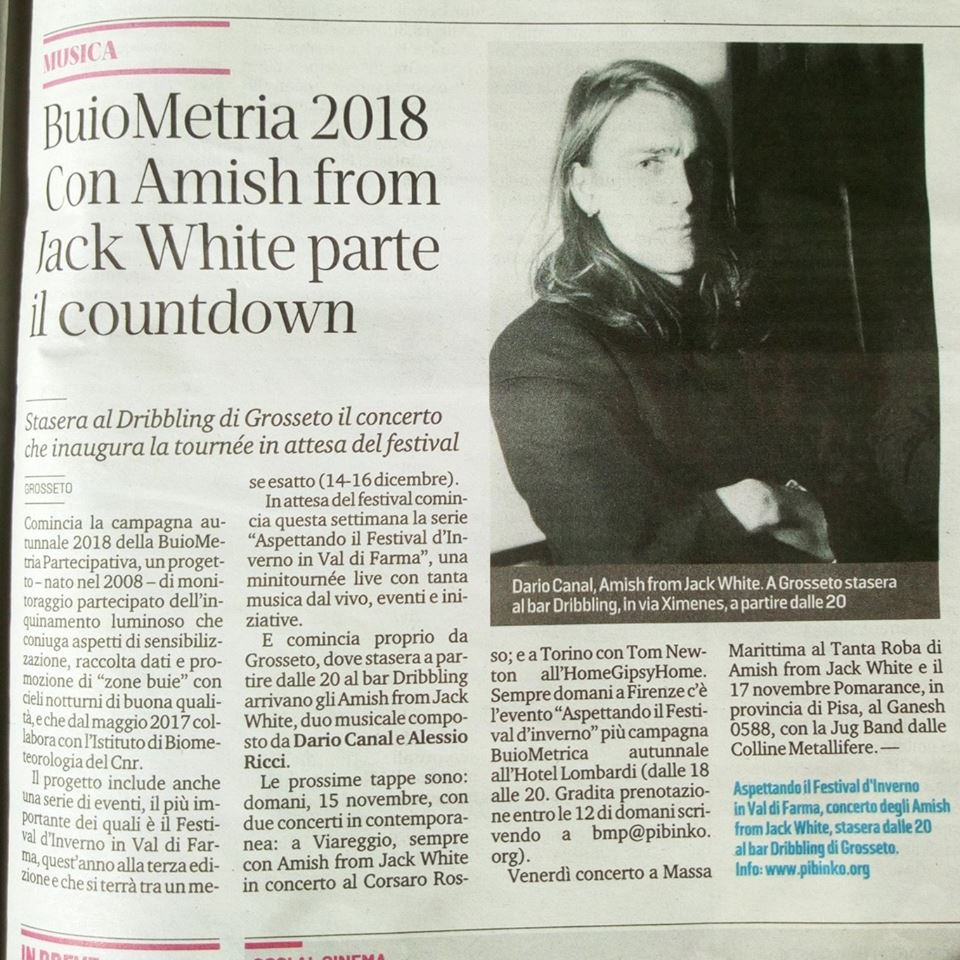
Dec. 12, 2018: Winter Fest, the Farma Valley for the Explorers of Wonder


Courtesy of Dácil Muñoz (Universidad Politécnica de Madrid), Stars4all Communications Manager
The Madrid meet-up with the info point about BuioMetria Partecipativa , waiting for the Farma Valley Winter Fest, is on Dec. 1 at 9PM at Bar Cerveceria Sidi, in Calle Colón , angolo Calle del Barco.
Pibinko will have a (small) desk space with outreach material to explain, first of all, the light pollution issue…then we will see. We plan to close the info point by midnight.
The first announcement of the event, made yesterday, started flowing through the capital, leading to the creation of long lines of people interested as seen below:
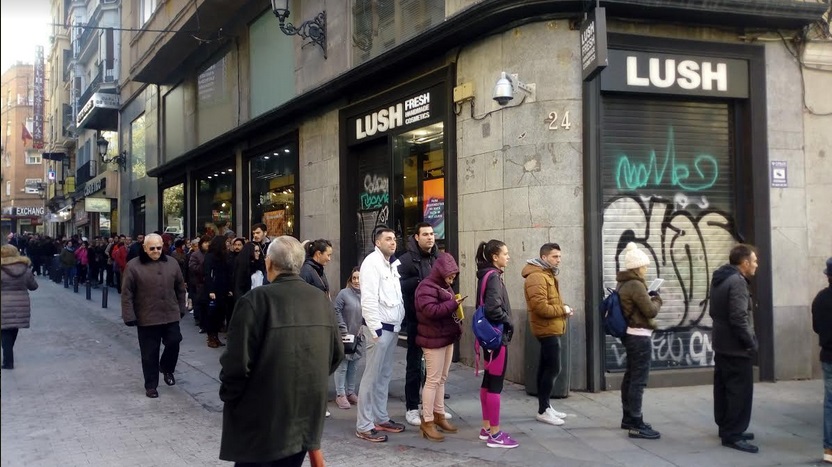
For more information: info@pibinko.org
The Third Farma Valley Winter Fest will host on Dec. 16, 2018 the annual CAAT conference. CAAT stands for “Coordinamento Associazioni Astrofile della Toscana“, i.e. the network of amateur astronomer associations in Tuscany. This comprises some forty associations spread across the region.
The local promoter of the venue is pibinko.org, handling for some years now a series of professional services concerning outreach on lighting and darkness related to the BuioMetria Partecipativa project, among other services on culture, environment, and open innovation.
The event is mainly directed to an Italian participation. However, should you be interested to know more about it, or even to propose a talk (we will provide live translation services at no cost for this specific event), please write to bmp@pibinko.org.
The deadline to submit abstracts for presentations is December 7, 2018.
=================================================
The conference is open to all those with a passion for astronomy and night skies (but please be sure to register…see below).
Torniella is in the Farma Valley, about 100 km South of Florence. This is half way between Siena and Grosseto, on the former state road leading from Siena to the South.
You may reach it from the North, first heading for Monticiano, and then continuing South, direction Roccastrada for 14 km, or from the South (or the coast) reaching Roccastrada and continuing North for 13 km.
Please avoid the main state road (Siena-Grosseto). This does in fact cross the valley, but several kilometers East of the conference location.
Participants are invited to consider car sharing.
For participants arriving from the Pisa area, it is possible to reach Torniella with a very scenic drive (Volterra-Casole d’Elsa- strada regionale “traversa maremmana”, SP73 below Rosia): however, this is a very curvy road and is not recommended during the Winter if you are not a local.
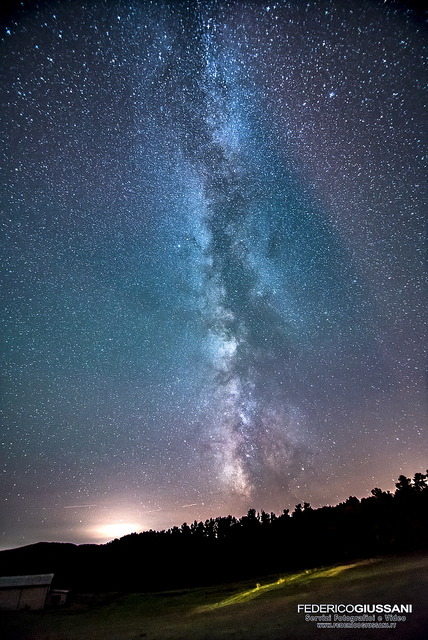 The valley is where the BuioMetria partecipativa (participatory night sky quality monitoring) was born in 2008. It has very good night sky brightness conditions, as documented by various surveys conducted by Italian amateur astronomers, as well as international researchers. Among other experiences, we like to recall the measurement campaign in March 2015, with a team of twelve scientists coming from six countries (see article).
The valley is where the BuioMetria partecipativa (participatory night sky quality monitoring) was born in 2008. It has very good night sky brightness conditions, as documented by various surveys conducted by Italian amateur astronomers, as well as international researchers. Among other experiences, we like to recall the measurement campaign in March 2015, with a team of twelve scientists coming from six countries (see article).
Under a very interesting starry sky, the landscape during the day brings no less surprises, with natural and man-made landmarks. We have the La Pietra, prehistorical quarry, several medieval iron work, and the Belagaio state natural reserve, at the centre of a NATURA2000 protected site, and including a horse breeding facility. Half an hour drive from Torniella we also find the more renown Petriolo hot springs.
The socio-economic peculiarities of the valley are not to be neglectedel luogo. While having a very low population (less than 500 residents over 120 km^2, concentrated in the villages of Torniella, Piloni, and Scalvaia), the area has a high number of local businesses, relative to the number of residents, and has a lively sports scene. This includes a football team, a mountain bike trophy, and -most of all- numerous players of palla a 21 (or palla eh!), an ancient handball game.
The musical scene is not less enticing, with one of the most active philarmonic bands in Southern Tuscany, a classical music Summer school, and folks who are active on innovative musical projects, such as the fusion of rock-blues and environmental outreach.
Combining these resources, since 2007 the Valley has become the hub of several original project in the field of protection and promotion of lesser known assets in culture, environment, and open innovation. Among and extensive list of media reports, this case was covered in an effective way in a recent article on Langscape Magazine.
The conference venue is the rehearsal room of the Associazione filarmonica popolare Torniella (80 seats available)
With good weather, should participants be interested, it is possible to arrange a short guided tour of the village (20-minute walk, just afert lunch)
If you plan to attend the 2018 CAAT conference, by Dec. 7 2018 you should write to info@pibinko.org indicating
a- if you are interested in attending the conference (in Italian)
b- if you are interested to propose an abstract (this may be in English)
c- if you are interested in lodging.
The CAAT Conference is promote by CAAT with support by pibinko.org, Pro Loco Piloni-Torniella, ad Associazione Filarmonica Popolare Torniella.
With and interview to Luciano Massetti (National Research Council Institute of Biometeorology), with whom we collaborate since 2014 on the BuioMetria Partecipativa project.
For more information: bmp@pibinko.org

This is a press release by the Italian Research Council, presenting the publication by Luciano Massetti about “Assessing the impact of street lighting on Platanus x acerifolia phenology” Published on Urban Forestry & Urban Greening in August 2018.
The press release was abridged by some national media, not mentioning the other organisations with which CNR IBIMET collaborates on the topic of light pollution (namely, the University of Pisa and the BuioMetria Partecipativa project).
Find here the full press release (in Italian, for the moment).
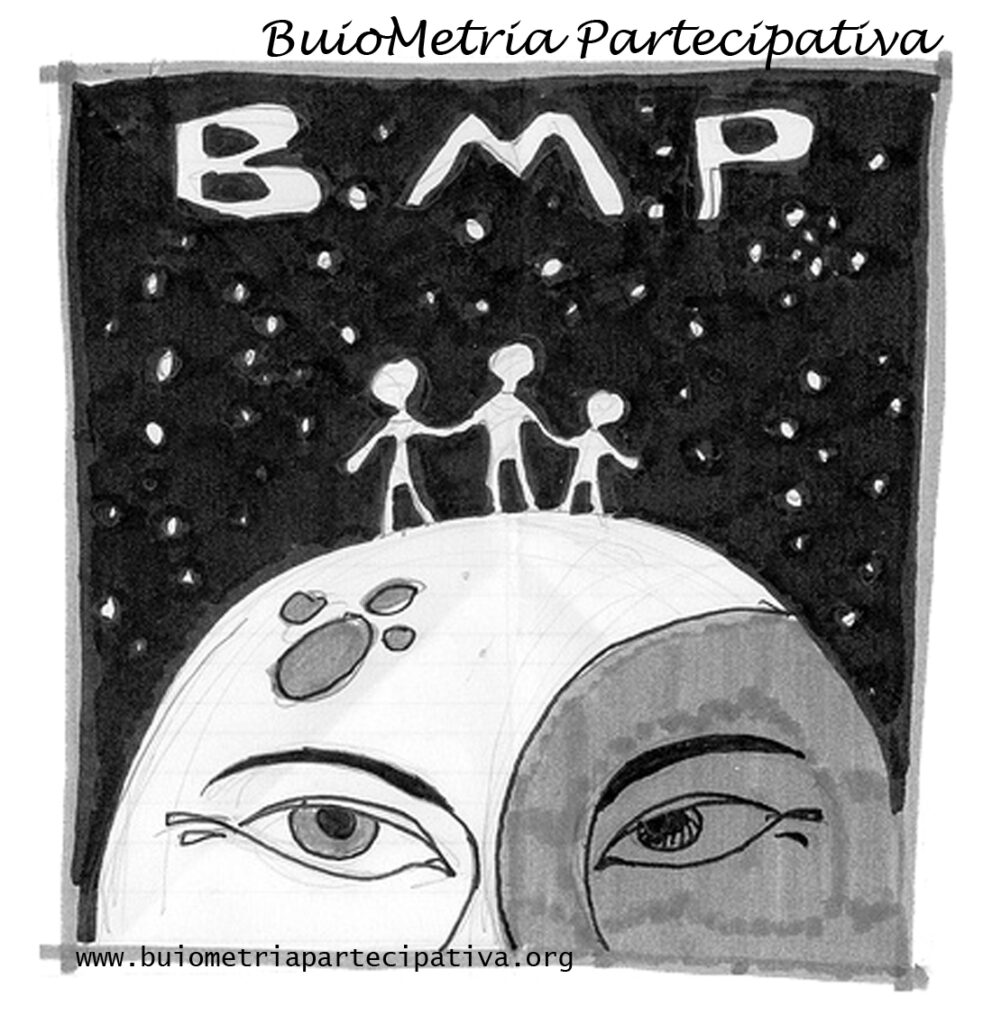 Thursday, Nov. 22, 2018 from 2.30PM to 3.30PM with the landscape planning course at the Faculty of Architecture, Politecnico di Milano (via Bonardi), there will be a seminar on Planning the “upper half of the landscape” (pianificare l’altra metà del paesaggio, in Italian) where we will explain the BuioMetria Partecipativa point of view on this topic. The lecture will be given in English (as all of the course lectures).
Thursday, Nov. 22, 2018 from 2.30PM to 3.30PM with the landscape planning course at the Faculty of Architecture, Politecnico di Milano (via Bonardi), there will be a seminar on Planning the “upper half of the landscape” (pianificare l’altra metà del paesaggio, in Italian) where we will explain the BuioMetria Partecipativa point of view on this topic. The lecture will be given in English (as all of the course lectures).
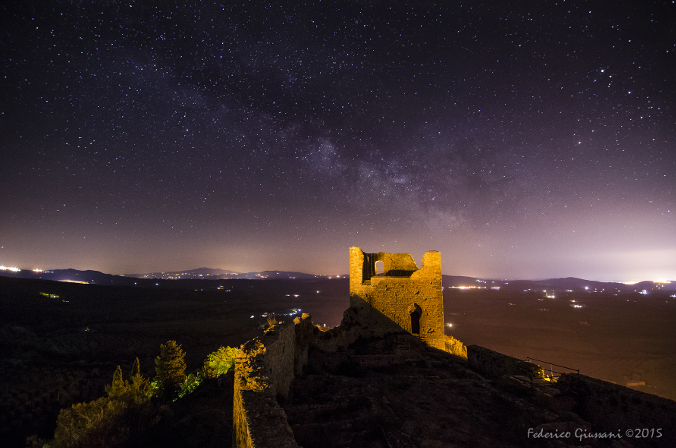
People are often used to think of landscape planning as a discipline involving elements with a connection to the ground, with the sky being merely a backdrop to our projects and our operations.
This is an Italian newspaper, but the title might be a Blade Runner-like neolanguage, considering “con” as the English adjective, “il” for “Illinois” and “parte” as a typo or a creole version for “party”.
Dario Canal and his Detroit friend, Alessio Ritchie, have the onus and bonus of opening the countdown to the Third Farma Valley Winter Fest.
